
Wisdom teeth extraction typically involves a few key steps. First, the dentist will assess the position of the wisdom teeth through X-rays and a clinical examination. Next, the area around the teeth is numb using local anaesthesia, ensuring a pain-free procedure. The dentist performs Wisdom Teeth Extraction Treatment in KPHB, Kukatpally by making a careful incision in the gum to access the teeth. If necessary, the wisdom teeth are divided into smaller sections to facilitate a more controlled and efficient removal, minimising disruption to the surrounding area.
Comprehensive Evaluation: The first step involves a detailed examination by a dentist. This includes reviewing the patient’s dental history, symptoms, and any concerns. X-rays or 3D imaging are used to assess the position of the wisdom teeth and their relationship with surrounding structures, such as nerves and sinuses.
Personalized Treatment Planning: Based on the evaluation, a tailored treatment plan is created. This plan considers factors like the complexity of the extraction, patient anxiety levels, and any underlying medical conditions.
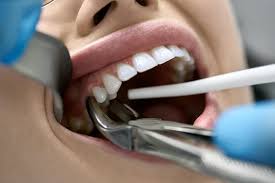
Local Anaesthesia: Typically, a local anaesthetic is administered to numb the area around the wisdom teeth, ensuring a pain-free procedure.
Sedation Options: For patients who are anxious or if the extraction is complex, sedation options such as nitrous oxide , oral sedatives, or IV sedation may be recommended. General anaesthesia is also available for cases requiring deeper sedation.
Preoperative Preparation:Patients are advised to follow specific pre-operative instructions, such as fasting if sedation is involved, to ensure a safe and smooth procedure.
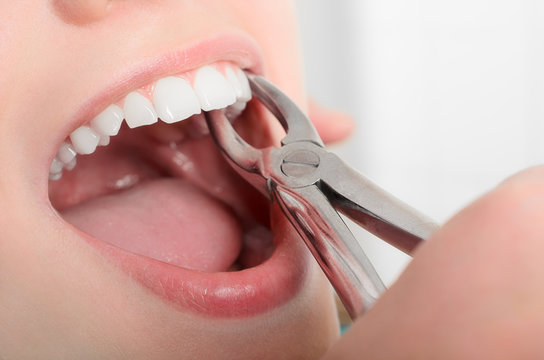
Gum Incision: If the wisdom teeth are impacted or have not fully erupted, an incision is made in the gum tissue to expose the teeth and the surrounding bone.
Bone Removal : In some cases, a small amount of bone around the tooth may need to be removed to fully access the wisdom teeth.
Tooth Sectioning: For large or difficult-to-remove teeth, the dentist may section the tooth into smaller pieces. This minimises the need for extensive bone removal and reduces trauma to the surrounding tissue.
Extraction: Using specialised instruments, the Wisdom Teeth Extraction with Low Cost in Kukatpally is carefully performed to ensure minimal discomfort, smooth removal process and promote faster healing.
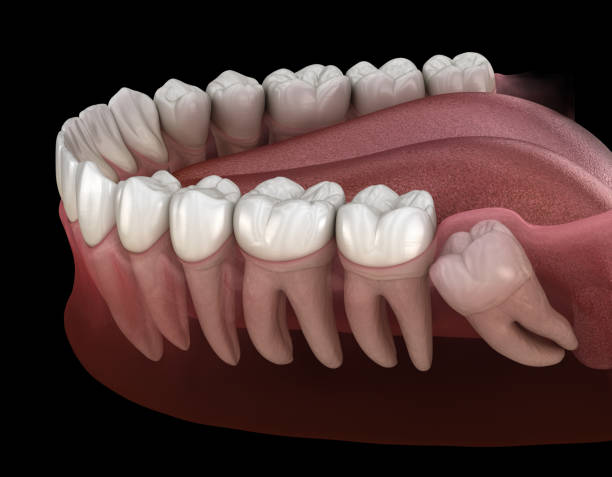
Cleaning and Suturing: Once the teeth are removed, the area is cleaned to remove any debris or bone fragments. Stitches may be placed to close the incision and promote healing. In some cases, dissolvable stitches are used, which do not require removal.
Bleeding Control: Gauze is placed over the extraction site to control bleeding, and patients are instructed on how to change the gauze at home.
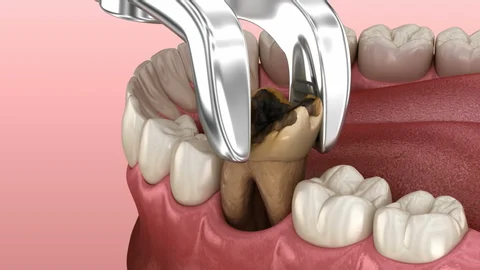
Managing Pain and Swelling: Patients are provided with detailed instructions on managing pain and swelling, which may include the use of prescribed painkillers, cold compresses, and over-the-counter anti-inflammatory medications.
Dietary Recommendations: A soft food diet is recommended for the first few days to prevent irritation of the extraction site.
Oral Hygiene: Gentle brushing and rinsing with a saline solution or prescribed mouthwash help keep the mouth clean without disrupting the healing process. Patients should avoid vigorous rinsing or spitting to prevent dislodging the blood clot.
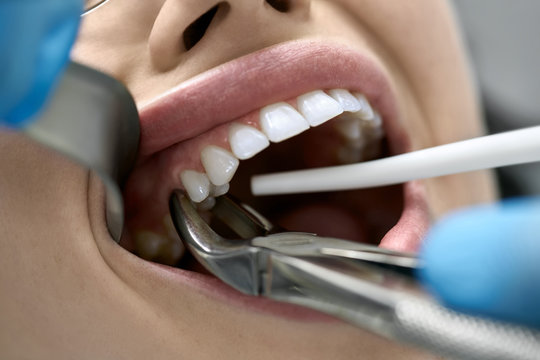
Signs of Complications: Patients are advised to watch for signs of complications, such as severe pain, persistent bleeding, swelling, or signs of infection. Immediate contact with the Dentist in KPHB, Kukatpally is crucial if these occur.
Follow-Up Appointments: A follow-up visit may be scheduled to monitor healing, remove non-dissolvable stitches, and ensure that the extraction site is recovering well.
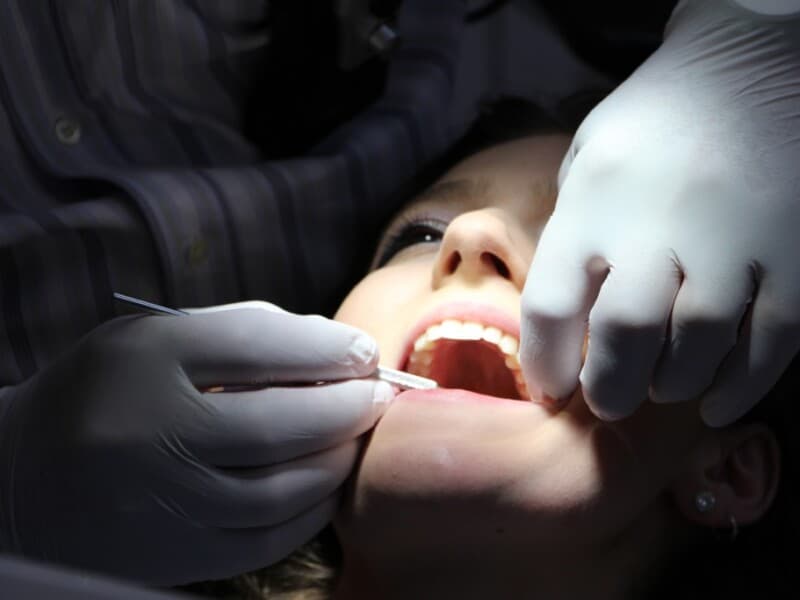
Dry Socket: One of the most common complications is dry socket, which occurs when the blood clot at the extraction site is dislodged or dissolves prematurely. This can lead to severe pain and delayed healing.
Infection: Although rare, infections can occur, necessitating prompt treatment with antibiotics.
Nerve Damage: There is a minor risk of nerve damage during wisdom teeth extraction, particularly if the teeth are located near the inferior alveolar nerve. This could result in temporary or, in uncommon cases, permanent numbness or tingling in the lips, tongue, or chin.
Sinus Issues: For upper wisdom teeth, there’s a small risk of sinus involvement, which may require additional treatment.

Healing Process: Most patients recover fully within a week or two. Adhering to aftercare instructions, such as avoiding smoking or using straws, is critical for preventing complications.
Preventive Measures: Regular dental check-ups help monitor the healing process and ensure that no long-term issues arise from the extraction.
Future Dental Health: The Wisdom Teeth Removal in Kukatpally can prevent overcrowding, reduce the risk of infection, and contribute to overall dental health in the long term.
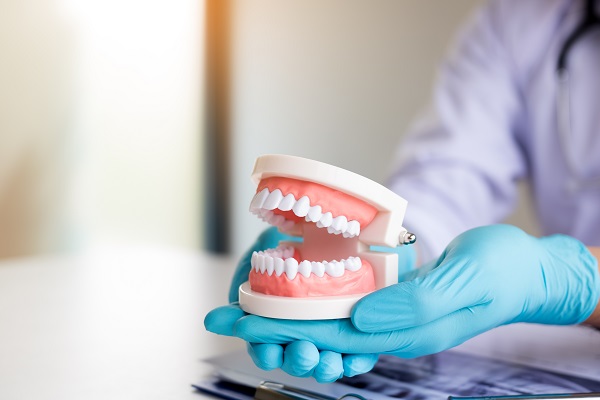
Wisdom Teeth Extraction is a common procedure designed to prevent or alleviate issues such as pain, infection, and dental misalignment. With proper planning, pain management, and post-operative care, most patients experience a smooth recovery and long-term benefits for their oral health. Whether the procedure is straightforward or complex, the expertise of the dental team and adherence to care instructions are key factors in achieving successful outcomes. Consult with our Best Dental Clinic in KPHB, Kukatpally, If you experience any concerns or complications about wisdom teeth extraction.